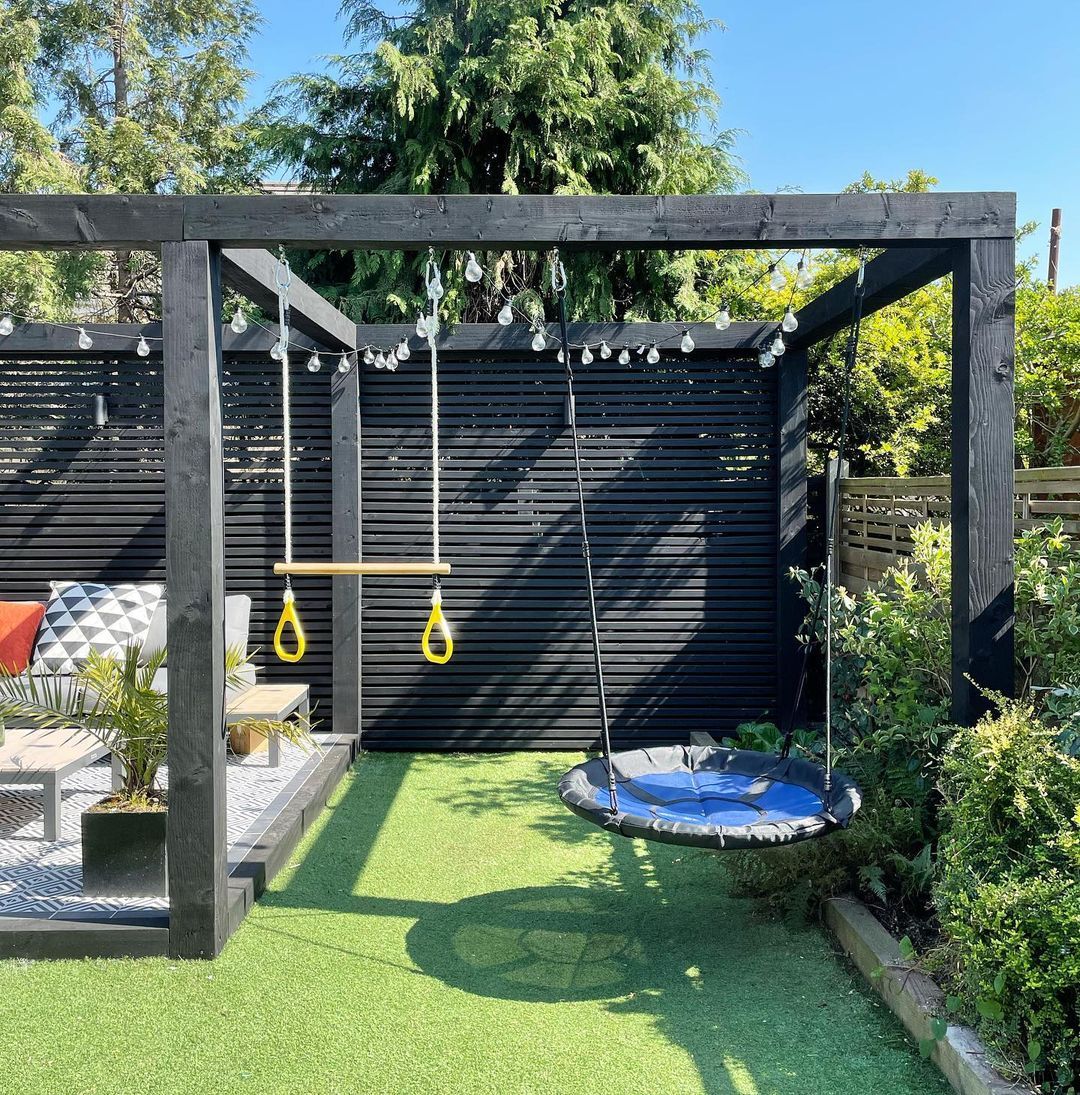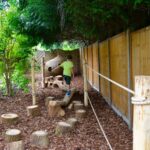Gardens are a great way to get kids involved in the outdoors and teach them about the joys of nature. When designing a garden for kids, it is important to consider their interests and abilities to make it a fun and educational experience for them.
First and foremost, it is essential to create a space that is safe for kids to play in. This means avoiding poisonous plants, thorny bushes, and other hazards that could potentially harm children. Make sure to also provide plenty of seating and shady spots for kids to rest and take a break from playing.
Another important aspect of garden design for kids is to incorporate elements that will engage their senses. Planting colorful flowers, herbs with fragrant smells, and vegetables that they can touch and taste will stimulate their senses and make the garden a more enjoyable place for them to explore.
Incorporating interactive elements such as a sandpit, water feature, or playhouse can provide hours of entertainment for kids in the garden. These features can also help them develop their motor skills, creativity, and sense of imaginative play.
To encourage learning in the garden, consider planting a variety of plants that attract different types of insects and birds. This can help kids learn about the importance of biodiversity and the role that different species play in the ecosystem. You can also include educational signs or labels to help kids learn the names of different plants and animals.
Lastly, involve kids in the design and maintenance of the garden to foster a sense of ownership and responsibility. Let them help choose the plants, plant them, and water them regularly. This will teach them valuable lessons about the importance of caring for the environment and nurturing living things. Overall, designing a garden with kids in mind can be a rewarding experience that encourages them to appreciate the beauty of nature and learn important life skills along the way.













